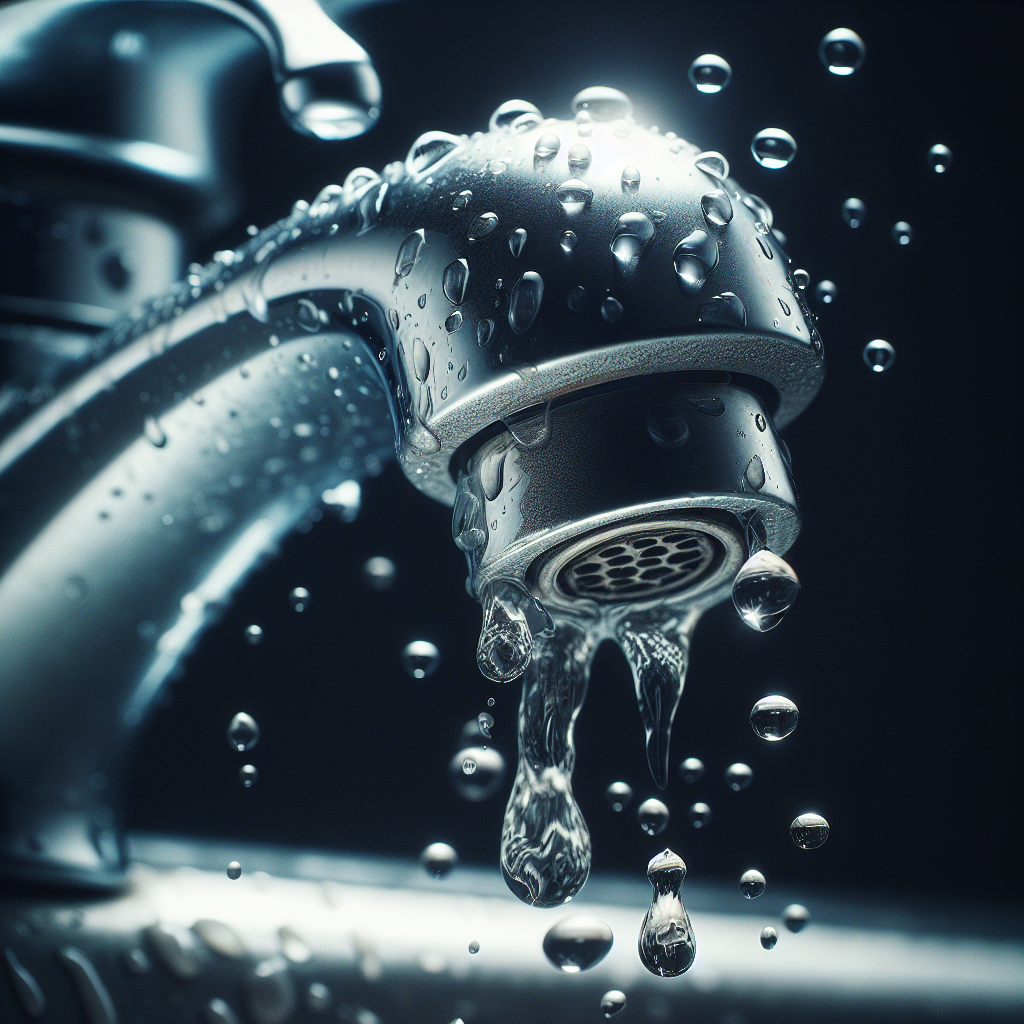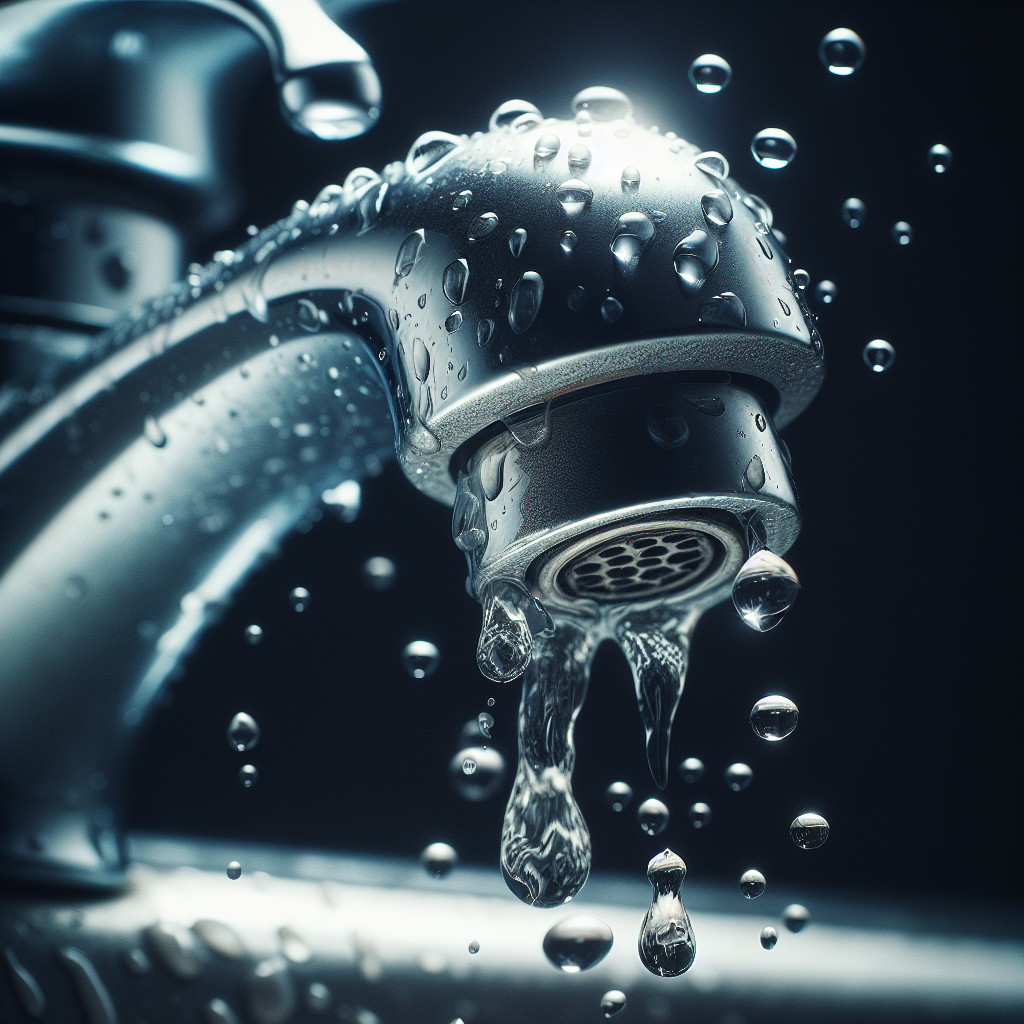Plumbing issues can be an inconvenience in your daily life, causing disruptions and potential damage to your home. Whether it’s a leaking faucet or a clogged toilet, knowing how to identify and fix common plumbing problems can save you time, money, and stress. Understanding the signs to look out for and having basic knowledge of troubleshooting techniques will empower you to take control of these issues and keep your plumbing working smoothly. In this article, we will explore some of the most common plumbing problems and provide you with practical tips on how to identify and fix them, ensuring a well-functioning plumbing system in your home.
Common Plumbing Issues
Plumbing issues can be quite frustrating and can disrupt your daily routine. From leaky faucets to clogged drains, these problems can range from minor inconveniences to major headaches. However, with a little knowledge and some basic tools, many plumbing issues can be identified and fixed on your own. In this comprehensive guide, we will walk you through some of the most common plumbing issues and provide step-by-step instructions on how to identify and fix them.
Leaky Faucets
Leaky faucets are not just annoying, but they can also waste a significant amount of water over time – and that can add up on your water bill. To fix a leaky faucet, you will need to follow a few simple steps. Begin by turning off the water supply to the faucet. Then, carefully dismantle the faucet, being mindful of the order in which the parts are removed. Look for worn out or damaged O-rings or washers and replace them as necessary. Once you have replaced the necessary parts, reassemble the faucet, turn on the water supply, and check for proper functioning.
Clogged Drains
Clogged drains can be a common occurrence in households, especially in areas like the kitchen or bathroom. To tackle a clogged drain, you have a few options. One effective method is to use a plunger. By creating a tight seal around the drain, you can generate pressure to dislodge the clog. Another option is to use a drain snake, which can be inserted into the pipe to break up and remove the obstruction. Chemical drain cleaners can also be used, but should be handled with caution and only used as a last resort. Alternatively, you can try some natural remedies such as a mixture of baking soda and vinegar. Regularly preventing clogs by being mindful of what goes down your drains can also go a long way in avoiding this issue.
Running Toilets
A running toilet can waste a significant amount of water and lead to higher water bills. If you have a running toilet, it is important to identify the problem and resolve it promptly. The first step in fixing a running toilet is to check the flapper. Lift the lid of the toilet tank and inspect the rubber flapper at the bottom. If it is not sealing properly or is damaged, it may need to be adjusted or replaced. Additionally, check the fill valve and float to ensure they are functioning correctly. If any of these components are not working properly, they may need to be adjusted or replaced. Be sure to also check for any leaks and thoroughly test the toilet after making the necessary adjustments or replacements.

Low Water Pressure
Low water pressure can be a frustrating issue, making everyday tasks such as showering or washing dishes more time-consuming. To troubleshoot low water pressure, start by checking all the faucets in your home to determine if the problem is localized to one area or affects the entire house. If it is localized, it may be a clog in the aerator or showerhead. Remove these components and clean them thoroughly to remove any debris that may be causing the blockage. Another potential cause of low water pressure is a faulty water pressure regulator. Consult a professional plumber if you suspect this to be the issue.
Dripping Pipes
Dripping pipes can lead to water damage and should be addressed immediately. To fix a dripping pipe, start by turning off the water supply to the affected area. Take the time to locate the source of the leak and assess the severity. For smaller leaks, you can apply a temporary fix such as using a pipe clamp or repair tape to stop the drip. However, a more permanent solution would involve repairing or replacing the section of the pipe that is causing the problem. Once the repair is complete, be sure to recheck for leaks and ensure the pipe is properly sealed.
Water Heater Problems
Water heater problems can range from a lack of hot water to strange noises coming from the unit. The first step in troubleshooting water heater problems is to check the power supply and ensure it is connected properly. If the power supply is not the issue, inspect the thermostat to ensure it is set at the desired temperature and functioning correctly. Testing the heating elements can also help identify any problems. If sediment buildup is suspected, flushing the tank can help improve performance. Finally, inspecting the anode rod is important as it can become corroded over time. If you are unsure or do not feel comfortable, it is best to contact a professional plumber to deal with water heater problems.
Leaking Pipes
Leaking pipes are a serious issue that should be addressed immediately to prevent further damage. In case of an emergency, such as a burst pipe, it is important to locate the main water shut-off valve and turn off the water supply to your home. This will help minimize any potential water damage until a professional plumber can arrive. To temporarily patch the leak, you can use products such as epoxy putty or pipe clamps. However, it is essential to locate the source of the leak and repair or replace the affected pipe to ensure a permanent fix. After addressing the leaking pipes, be sure to thoroughly inspect the area for any signs of water damage and take appropriate action.
Sewer System Backup
A sewer system backup is an unpleasant and unsanitary issue that requires immediate attention. If you notice multiple drains in your home are slow or if sewage is backing up into your fixtures, it is likely a sewer system backup. In such cases, it is best to contact a professional plumber who can assess the situation and take appropriate measures to clear the blockage. Attempting to resolve a sewer backup without proper knowledge and equipment can lead to further damage and health hazards.
Frozen Pipes
Frozen pipes are a common issue in colder climates and can lead to burst pipes if not addressed promptly. If you suspect that your pipes are frozen, it is important to act quickly. First, turn off the water supply to your home to prevent any potential flooding. Then, locate the frozen pipes and safely thaw them using a hairdryer, heating pad, or warm towels. It is important to avoid using open flames or excessive heat, as this can cause damage to the pipes. Once the pipes have thawed, be sure to check for any leaks and insulate the pipes to prevent future freezing.
Garbage Disposal Issues
If you are experiencing problems with your garbage disposal, there are a few troubleshooting steps you can take to resolve the issue. Start by resetting the disposal by pressing the reset button located at the bottom of the unit. If the disposal is not receiving power, check the circuit breaker or fuse that controls it. Clearing any blockages by turning off the power and manually removing any debris can also help restore proper function. Regularly cleaning the disposal unit and being mindful of what goes into it can prevent future issues. Avoid common mistakes such as overloading the disposal and disposing of non-food items to maintain its longevity.
In conclusion, while plumbing issues can be a hassle, many common problems can be identified and fixed with a little know-how and some basic tools. By following the outlined steps for each issue, you can save time and money by avoiding the need for professional plumbing assistance. However, it is important to know your limits and when to call in a professional plumber, especially for more complex issues. By being proactive in maintaining your plumbing system and promptly addressing any issues that arise, you can ensure a well-functioning and efficient plumbing system in your home.

